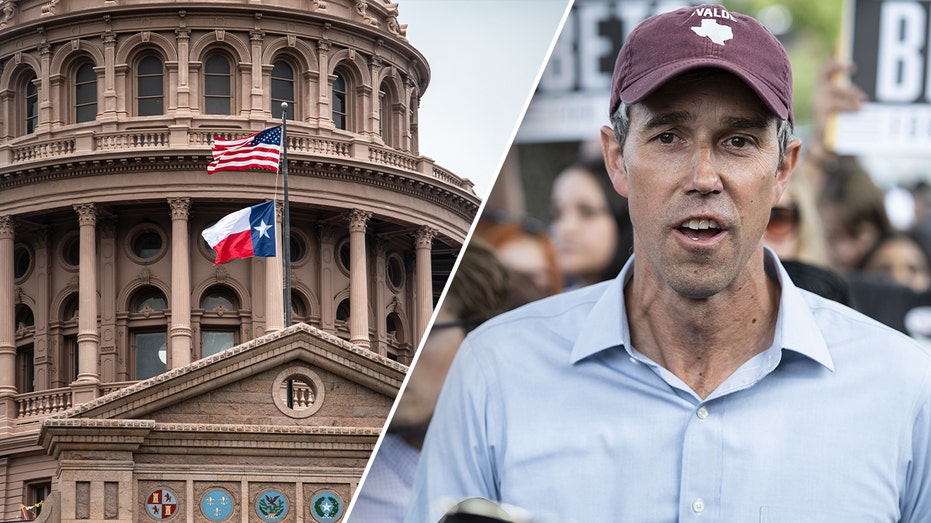

South Korea’s demographic crisis is no secret: plummeting birth rates, collapsing marriages, and a society aging faster than it can replenish itself.
What’s less discussed is how this crisis has seeped into the Catholic Church. Faced with shrinking congregations and a growing sense of irrelevance, church leaders in South Korea have not turned inward toward doctrine or upward toward God. They’ve turned, instead, to circuits and code.
When scripture gets scripted
From Seoul to Suncheon, priests are now being trained to use generative AI. Not to critique it or guard the faithful from its implications, but to embrace it — enthusiastically. They're using ChatGPT to write sermons and generate liturgical music.
What once began in the minds of Silicon Valley technocrats is now being welcomed into the sanctuary.
This shift marks a deep departure from the church’s foundation. A tradition grounded in divine revelation is beginning to rely on predictive text to feed its flock. Priests are swapping prayers for prompts. Scripture is being blended with machine-generated syntax, often created by people who view religion as an outdated, outlandish myth.
Herein lies the problem: Algorithms don't understand dogma. They optimize for relevance, not revelation.
AI won’t march into a parish and demand the pulpit. It doesn’t need to. All it takes is gradual adoption, dressed in euphemisms like “pastoral efficiency” and “digital evangelization.” In the process, the church begins to outsource something essential — discernment, once the backbone of spiritual leadership, now handed off to a machine.
The gospel isn't a trend to follow. If anything, it’s the remedy for a world lost in trends.
And once AI begins shaping sermons, it also begins shaping belief. The process is slow, subtle, and in many ways suicidal. A softened passage here. A reworded doctrine there. A few iterations later, the original message remains in form but loses its force — still quoting scripture, but lacking the strength, the substance, and the sacred weight it once carried.
Truth bends to the tone of the digital mood. And the faithful, unaware, are guided by a voice that knows nothing of their souls.
From Calvary to clickbait
Meanwhile, in Rome, the Vatican just celebrated a different kind of digital transformation.
Last month, the Catholic Church held a “digital jubilee,” honoring 1,000 priests and friars who have embraced the role of influencer. But these men are not known for spiritual authority. They’re known for gym selfies, poetic reels, and dog videos. Some offer blessings between squat reps, but none offer hope.
The church likes to call it outreach, but it’s really just image management with a halo filter. The priesthood, once a solemn and set-apart vocation, is now being curated for online consumption. Mass increasingly feels like a soft-lit content shoot, complete with drone footage and lo-fi background music. The Eucharist is staged like a backdrop. Captions do the work catechism once did. Sermons are trimmed to fit reels, and followers are counted like conversions.
RELATED: This is what happens when Christians are afraid to offend
 Blaze Media Illustration
Blaze Media Illustration
Somewhere along the way, the line between preaching and performing vanished.
There’s a quiet seduction at work. The lure of virality, the steady drip of likes, shares, and algorithmic affirmation. But the church was never called to be entertaining, and it wasn’t built to chase engagement metrics or trend on TikTok. Its task has always been to rouse the soul, not flatter it. To call people into spiritual battle, not soothe them with hashtags and Father Fabio’s weekend vlog.
The goal was never visibility. It was salvation — a far less marketable, far more demanding thing.
In chasing relevance, the church allows the culture to set the terms. It tries to keep pace with a world that’s built to forget. But the gospel isn't a trend to follow. If anything, it’s the remedy for a world lost in trends.
When relevance replaces revelation
When priests become influencers, they lose the distance that once gave their words weight. And when the Church lets AI in without caution, it mistakes manipulation for modernization. Homilies no longer rise from prayer or tradition. They’re assembled through autocomplete. Doctrine doesn’t need to be debated; it just needs to be updated.
But the world doesn’t need a church that mimics it. It needs a church that holds firm, one that doesn’t run the race for relevance, but stays rooted solid, unchanging, unapologetic.
That spirit isn’t gone, but reclaiming it will take courage. The kind that says no, not just to shiny tools, but to the creeping belief that real problems demand digital fixes. It means pushing back against the idea that relevance is the highest virtue. It means remembering that the priest isn’t a host, the church isn’t a brand, and the Mass isn’t content.
Truth doesn’t evolve with audience feedback. It isn’t versioned. It doesn’t run on engagement or A/B test itself. It just stands — stubborn, unmoved, inconvenient. And the church’s job has always been to stand with it, not tweak it for better traction.
If the church forgets that — and if it keeps chasing applause instead of holding the line — it won’t be silenced, persecuted, or driven underground. It’ll be liked, shared, and celebrated right into irrelevance, gradually transformed into yet another lifestyle brand, one more voice amid a noisy feed, fading away as soon as the algorithm shifts.
.png)
 1 hour ago
1
1 hour ago
1














 English (US)
English (US)